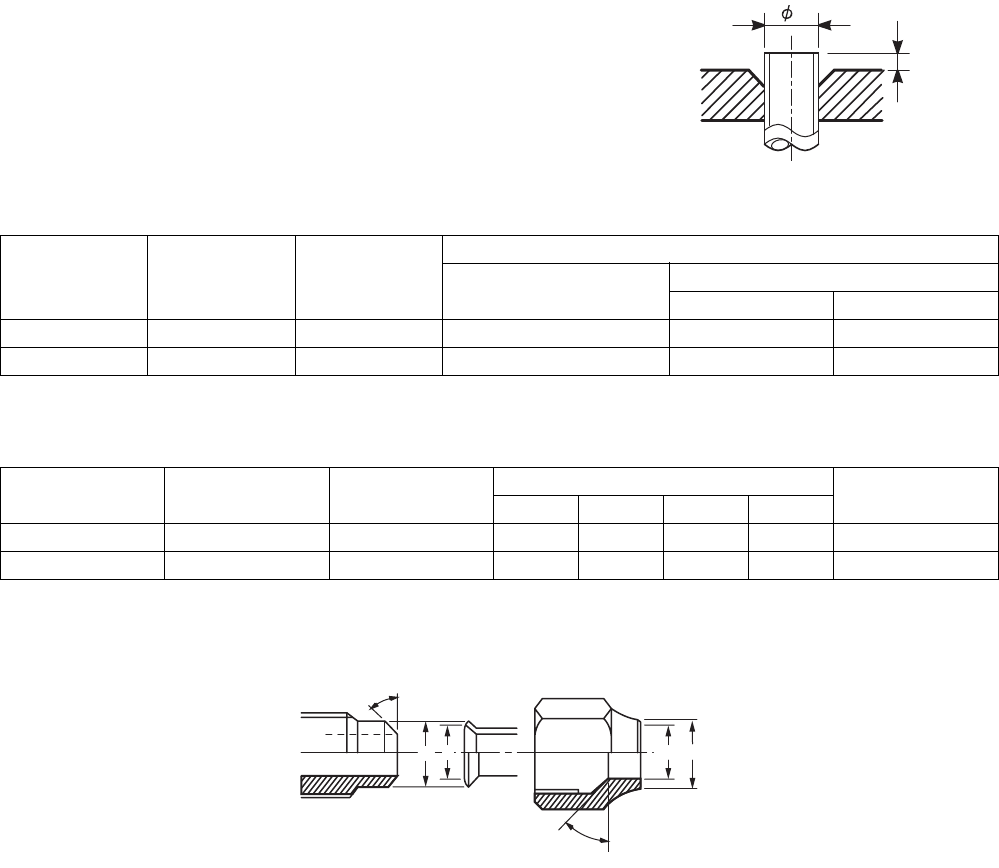
8
Toshiba
2-2-2. Processing of piping materials
When installing refrigerant pipe, prevent water or dust from entering the pipe, and do not use oil other than lubricant
used for Air to Water Heat Pump. Make sure that no refrigerant leak occurs.
If piping needs lubrication, use lubricating oil whose water content is removed.
After the oil is put in, be sure to seal the container with airproof cover or other covers.
Flare and precautions
1) Cut a pipe.
Cut slowly with a pipe cutter so that the pipe is not distorted.
2) Remove burr and flaw.
A burr or flaw in a flare part may cause refrigerant leak. Remove carefully all the burrs, and clean up the
cut ends before installation.
3) Insert a flare nut.
4) Flare
Check that the clasps and copper pipe are clean. Flare
correctly using the clasp. Use a flare tool for R410A or the
conventional one. Flare processing dimension varies
depending on the flare tool type. When using the
conventional flare tool, use a gauge for size adjustment
to secure the A dimension.
Table 2-2-3 Flare processing related dimension for R410A
Table 2-2-4 Dimension of flare for R410A and flare nut
Figure 2-2-2 Relationship between flare nut and flare surface
Nominal
diameter
Outer diameter
(mm)
Wall thickness
(mm)
A (mm)
Flare tool for R410A
clutch type
Conventional flare tool
Clutch type Butterfly-nut type
3/8 9.52 0.8 0 to 0.5 1.0 to 1.5 2.0 to 2.5
5/8 15.9 1.0 0 to 0.5 1.0 to 1.5 2.0 to 2.5
Nominal
diameter
Outer diameter
(mm)
Wall thickness
(mm)
Dimension (mm)
Flare nut width
(mm)
ABCD
3/8 9.52 0.8 13.0 13.2 9.7 20 18
5/8 15.9 1.0 19.1 19.7 15.9 24.5 26
A
D
Figure 2-2-1
Flare dimension
DCB A
45° - 46°
43° - 45°
+00A09-002_01EN_SVM_ALL_Air_to_Water.book Page 8 Monday, October 5, 2009 2:09 PM


















